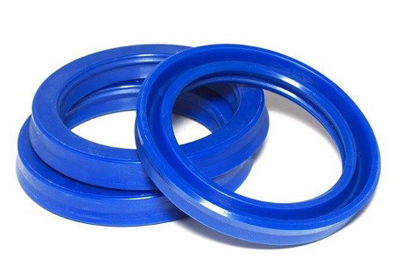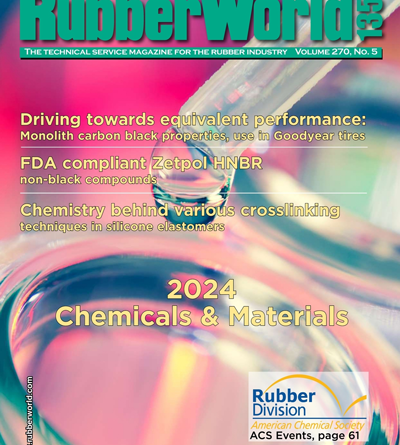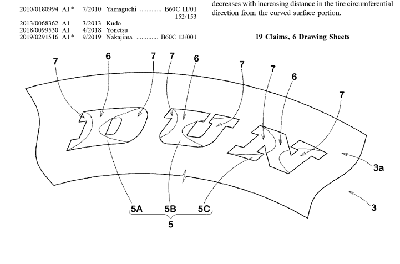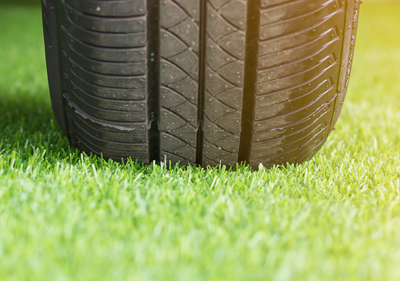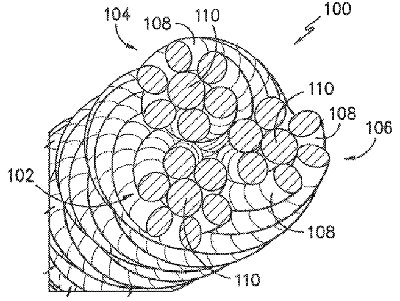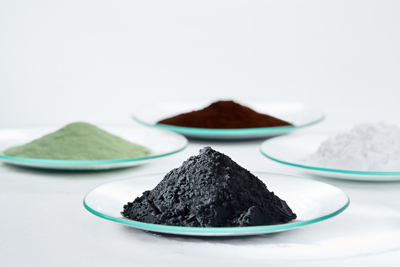Driving towards equivalent performance and beyond: Monolith carbon black properties and use in Goodyear tires
Three grades of Monolith carbon black are introduced that are made through the utilization of a novel thermal plasma process, and which offer colloidal characteristics as well as performance in rubber that are very similar to furnace black.
Read More

